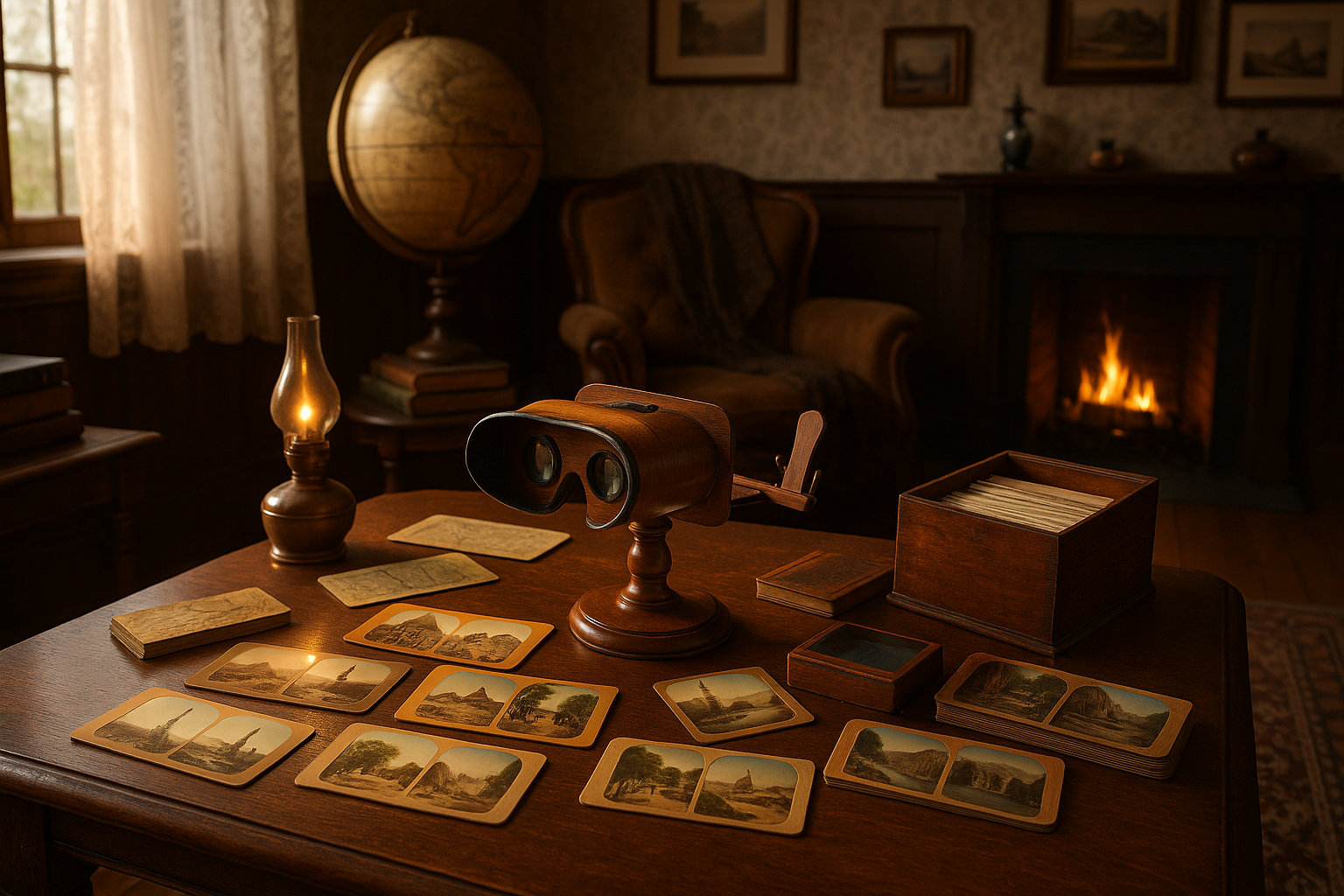The lens industry has undergone a dramatic transformation through industrialization, moving from artisanal craftsmanship to precision-engineered manufacturing that delivers superior optical products worldwide.
🔬 The Dawn of Modern Lens Manufacturing
For centuries, lens production remained a painstaking manual process requiring exceptional skill and patience. Craftsmen would spend days grinding and polishing individual lenses, with each piece representing hours of meticulous work. The industrial revolution changed everything, introducing machinery and standardization that would forever alter how we produce optical components.
The transition from workshop to factory wasn’t merely about speed—it represented a fundamental shift in precision, consistency, and accessibility. What once required years of apprenticeship could now be accomplished through calibrated machines and systematic processes. This democratization of lens production made optical instruments available to scientists, photographers, and eventually, everyday consumers worldwide.
Today’s lens manufacturing facilities combine cutting-edge technology with centuries of optical knowledge. Computer-controlled systems monitor every micron of production, ensuring that each lens meets exacting specifications. This marriage of tradition and innovation has created an industry capable of producing billions of lenses annually while maintaining quality standards that would astound early craftsmen.
⚙️ Revolutionary Technologies Reshaping Production
The industrialization of lens production introduced several groundbreaking technologies that continue to evolve. Computer Numerical Control (CNC) machines represent perhaps the most significant advancement, allowing manufacturers to program complex curves and surfaces with extraordinary precision. These machines can replicate designs with micrometer accuracy, ensuring consistency across millions of units.
Automated grinding and polishing systems have replaced manual labor in most large-scale operations. These systems use diamond-tipped tools and specialized abrasives to shape optical glass according to precise mathematical models. The process, once taking hours per lens, now occurs in minutes while achieving superior surface quality and dimensional accuracy.
Precision Molding and Forming Techniques
Injection molding technology revolutionized plastic lens production, particularly for eyeglasses and consumer applications. This process involves injecting molten optical polymers into precision-machined molds under controlled temperature and pressure. The result is lenses with complex geometries produced in seconds rather than hours, dramatically reducing costs while maintaining optical performance.
Glass molding techniques have similarly advanced. Modern compression molding allows manufacturers to shape glass lenses at elevated temperatures, creating aspherical surfaces that would be prohibitively expensive to grind traditionally. This technology has enabled the production of compact, high-performance lenses for smartphones, digital cameras, and other devices where space is premium.
📊 Quality Control in the Industrial Age
Industrialization brought unprecedented quality control capabilities to lens manufacturing. Automated inspection systems using interferometry, wavefront analysis, and machine vision can detect defects invisible to the human eye. These systems examine every lens for scratches, inclusions, dimensional accuracy, and optical performance.
Statistical process control methods ensure consistency across production runs. Manufacturers collect data from thousands of measurement points, using sophisticated algorithms to identify trends before they result in defective products. This proactive approach minimizes waste and ensures that customers receive lenses meeting exact specifications.
Testing and Certification Standards
Modern lens production adheres to international standards including ISO 9001, ISO 10110 for optical components, and industry-specific certifications. Testing protocols evaluate everything from scratch resistance and UV protection to distortion and chromatic aberration. Advanced spectrophotometers measure light transmission across the entire spectrum, ensuring coatings perform as designed.
Environmental testing subjects lenses to temperature extremes, humidity, and mechanical stress that simulate years of use. Only products passing these rigorous evaluations reach consumers, providing confidence in durability and performance. This systematic approach to quality represents a quantum leap from the variable results of pre-industrial production.
🌍 Global Supply Chains and Production Networks
The industrialization of lens production created complex global supply chains that span continents. Raw materials—specialized optical glasses, coatings, and polymers—originate from suppliers with unique expertise. Germany, Japan, and China dominate different segments, each contributing essential technologies and materials to the worldwide industry.
Manufacturing facilities strategically locate near markets or in regions with specialized expertise. High-end optics production concentrates in Germany and Japan, leveraging centuries of optical tradition and engineering excellence. Volume production of consumer lenses increasingly occurs in Asia, where sophisticated automation combines with efficient logistics to serve global markets.
Supply Chain Optimization
Modern lens manufacturers employ just-in-time inventory systems and lean manufacturing principles to minimize waste and respond quickly to market demands. Digital integration connects suppliers, manufacturers, and distributors in real-time, allowing rapid adjustments to production schedules and inventory levels.
This interconnected system enables customization at scale. Prescription eyeglass lenses, once requiring weeks for production, now ship within days thanks to distributed manufacturing networks and digital order processing. The customer’s prescription data flows directly to automated production equipment, eliminating manual transcription errors and delays.
💡 Innovation in Lens Materials and Coatings
Industrialization accelerated materials science research, yielding revolutionary lens materials. High-index plastics reduce thickness in strong prescriptions, while trivex and polycarbonate provide impact resistance essential for safety glasses and children’s eyewear. Each material innovation required corresponding advances in manufacturing techniques and equipment.
Multi-layer coating technology represents another industrial triumph. Vacuum deposition systems apply nanometer-thin layers of materials that reduce reflections, repel water, resist scratching, and block harmful UV radiation. These coatings, applied with atomic precision, transform basic lenses into sophisticated optical instruments.
Emerging Materials and Technologies
Research continues into next-generation materials including liquid crystal polymers that could enable tunable focus lenses, and metamaterials that manipulate light in unprecedented ways. Graphene-enhanced coatings promise superior durability and optical properties. Industrial-scale production methods for these advanced materials remain under development, but early results suggest transformative possibilities.
Photochromic technology, which allows lenses to darken in sunlight, has evolved dramatically through industrial chemistry and manufacturing. Modern photochromic lenses respond faster and more completely than earlier generations, thanks to improved organic molecules and manufacturing processes that distribute these compounds evenly throughout the lens material.
🏭 Sustainability and Environmental Considerations
Modern lens industrialization increasingly prioritizes environmental sustainability. Water recycling systems capture and purify water used in grinding and polishing, reducing consumption by up to 90%. Energy-efficient equipment and process optimization minimize the carbon footprint of production facilities.
Waste reduction initiatives focus on recovering and recycling materials. Glass cullet from lens production returns to furnaces for remelting, while plastic waste undergoes recycling or energy recovery. Some manufacturers have achieved near-zero waste-to-landfill status through comprehensive materials management programs.
Circular Economy Approaches
Progressive companies are exploring circular economy models where old lenses and frames return for recycling into new products. This approach requires sophisticated logistics and processing capabilities but promises significant environmental benefits. Collection programs partnering with optical retailers create reverse supply chains that complement traditional distribution networks.
Biodegradable lens materials are under development, though achieving the necessary optical properties and durability remains challenging. Bio-based polymers derived from renewable resources offer promising alternatives to petroleum-based materials, with several entering commercial production for specific applications.
📱 Digital Integration and Smart Manufacturing
Industry 4.0 concepts are transforming lens production through digital integration and smart manufacturing. Internet of Things (IoT) sensors throughout production facilities collect real-time data on equipment performance, environmental conditions, and product quality. This data feeds artificial intelligence systems that optimize processes and predict maintenance needs.
Digital twin technology creates virtual replicas of production lines, allowing engineers to simulate changes and troubleshoot problems without disrupting actual manufacturing. These simulations accelerate process improvements and reduce the time required to launch new products.
Artificial Intelligence in Quality Control
Machine learning algorithms analyze inspection data to identify subtle patterns indicating potential quality issues. These systems continuously improve, learning from millions of inspections to detect defects with superhuman accuracy. AI-powered systems also optimize grinding and polishing parameters for different materials and geometries, maximizing quality while minimizing cycle times.
Predictive maintenance systems monitor equipment health, scheduling interventions before failures occur. This approach reduces unplanned downtime and extends machinery lifespan, improving productivity and reducing costs. The data-driven nature of modern manufacturing creates continuous improvement cycles that steadily enhance efficiency and quality.
👓 Impact on Eyewear and Consumer Products
The industrialization of lens production democratized access to vision correction. Affordable eyeglasses, once luxury items, became accessible to billions worldwide. Online retailers leverage industrial efficiency to offer prescription eyewear at unprecedented prices, disrupting traditional optical retail models.
Fashion eyewear benefits equally from industrial advances. Rapid prototyping and flexible manufacturing allow designers to experiment with novel lens shapes, colors, and treatments. Limited edition collections and customization options that would have been impractical in pre-industrial production now reach consumers routinely.
Prescription Lens Personalization
Digital surfacing technology enables unprecedented personalization in prescription lenses. Rather than selecting from standard base curves, laboratories can optimize every aspect of a lens for an individual’s prescription, frame choice, and wearing preferences. This customization, performed by automated equipment guided by sophisticated software, delivers optical performance superior to traditional approaches.
Progressive lenses, which correct vision at multiple distances without visible lines, exemplify industrial innovation. Modern designs use complex aspherical surfaces that would be impossible to produce manually. Computer optimization creates smooth transitions between viewing zones while minimizing peripheral distortion, greatly improving wearer comfort and satisfaction.
🎯 Future Directions and Emerging Opportunities
The lens industry continues evolving rapidly, with several exciting developments on the horizon. Augmented reality glasses require ultra-lightweight, high-performance lenses with integrated waveguides—a manufacturing challenge spurring innovation in materials and production techniques. Success in this area could create a market rivaling traditional eyewear.
Medical applications are expanding, with customized intraocular lenses for cataract surgery representing a growing segment. These lenses, implanted during surgery to replace the eye’s natural lens, benefit enormously from industrial precision and consistency. Advanced designs correct not only basic vision but also astigmatism and presbyopia, reducing patients’ dependence on glasses.
Automotive and Aerospace Applications
Vehicle lighting systems increasingly incorporate sophisticated lens arrays that shape and direct light with precision. LED and laser headlights require specialized optics manufactured to tight tolerances. The transition to electric and autonomous vehicles creates opportunities for innovative lighting and sensor systems, all requiring advanced optical components.
Aerospace applications demand lenses surviving extreme conditions while maintaining optical performance. Satellite cameras, aircraft instruments, and space telescopes push manufacturing capabilities to the limit. Innovations developed for these demanding applications often filter down to consumer products, continuing the cycle of advancement.
🚀 The Competitive Landscape and Market Dynamics
The global lens manufacturing industry combines multinational corporations with specialized regional players. Leading companies invest heavily in research, automation, and capacity expansion to maintain competitive advantages. Vertical integration, where companies control everything from raw materials to finished products, provides quality control and cost benefits.
Market pressures drive continuous improvement. Online retailers and direct-to-consumer brands challenge established players, forcing innovation in both products and business models. This competition benefits consumers through lower prices, better products, and increased choice.
Intellectual Property and Innovation Protection
Patents play a crucial role in the lens industry, protecting investments in new materials, coatings, and manufacturing processes. Leading companies maintain extensive patent portfolios, creating barriers to entry while licensing technology to generate revenue. The tension between protecting innovation and promoting industry advancement shapes competitive dynamics.
Trade secrets complement patents, particularly regarding manufacturing processes and quality control methods. The tacit knowledge required to operate sophisticated equipment effectively creates additional competitive advantages that formal intellectual property protection cannot capture fully.
✨ Transforming Vision Care Accessibility Worldwide
Perhaps industrialization’s greatest achievement is making vision correction accessible globally. Charitable organizations leverage efficient manufacturing to provide affordable eyeglasses in developing regions where optometric services are scarce. Simple, durable designs manufactured in high volumes bring clear vision to millions who otherwise could not afford correction.
Telemedicine and online vision testing, combined with efficient lens production and distribution, are expanding access further. While comprehensive eye examinations remain important, these technologies help address the massive unmet need for basic vision correction worldwide. Industrial efficiency makes programs economically sustainable that would be impossible with artisanal production methods.
The journey from hand-ground lenses to today’s automated manufacturing represents one of industrialization’s great success stories. This transformation has touched billions of lives, enabling education, employment, and independence for those who might otherwise struggle with uncorrected vision. As technology continues advancing, the lens industry will undoubtedly find new ways to improve products, reduce costs, and expand access, ensuring that clear vision remains within reach for everyone.
The revolution in lens production demonstrates how industrialization, when guided by scientific understanding and commitment to quality, creates value far beyond mere efficiency gains. It shows that mass production and excellence are not contradictory but complementary, each enabling the other to reach heights impossible alone. This crystal-clear innovation continues reshaping our world, one lens at a time.
Toni Santos is a visual historian and artisan whose creative lens is captivated by the forgotten marvels of antique optical devices. Through his thoughtful storytelling, Toni revives the instruments that once transformed light into wonder—camera obscuras, magic lanterns, kaleidoscopes, and other ingenious tools that shaped our earliest visual imaginations.
His journey is rooted in a fascination with how humans have long sought to bend, reflect, and reveal the unseen. Whether tracing the mechanical poetry of 19th-century projectors or illustrating the tactile elegance of early lenses, Toni’s work invites us to see vision itself as an evolving art form.
Blending handcrafted design with historical inquiry, Toni brings to life the material soul of these devices—celebrating not just how they functioned, but what they meant. His creations and curated stories illuminate a world where science, illusion, and beauty were intricately linked through glass and brass.
As the curator of Vizovex, Toni shares detailed studies, reconstructed artifacts, and immersive content that help others rediscover the origins of visual technology and the magic of analog perception.
His work is a tribute to:
The craftsmanship behind early visual instruments
The wonder of seeing through the eyes of another century
The intersection of optics, art, and imagination
Whether you’re a collector, a designer, or someone drawn to the lost poetry of vision, Toni welcomes you into a world where light is a storyteller—one prism, one lens, one forgotten invention at a time.





